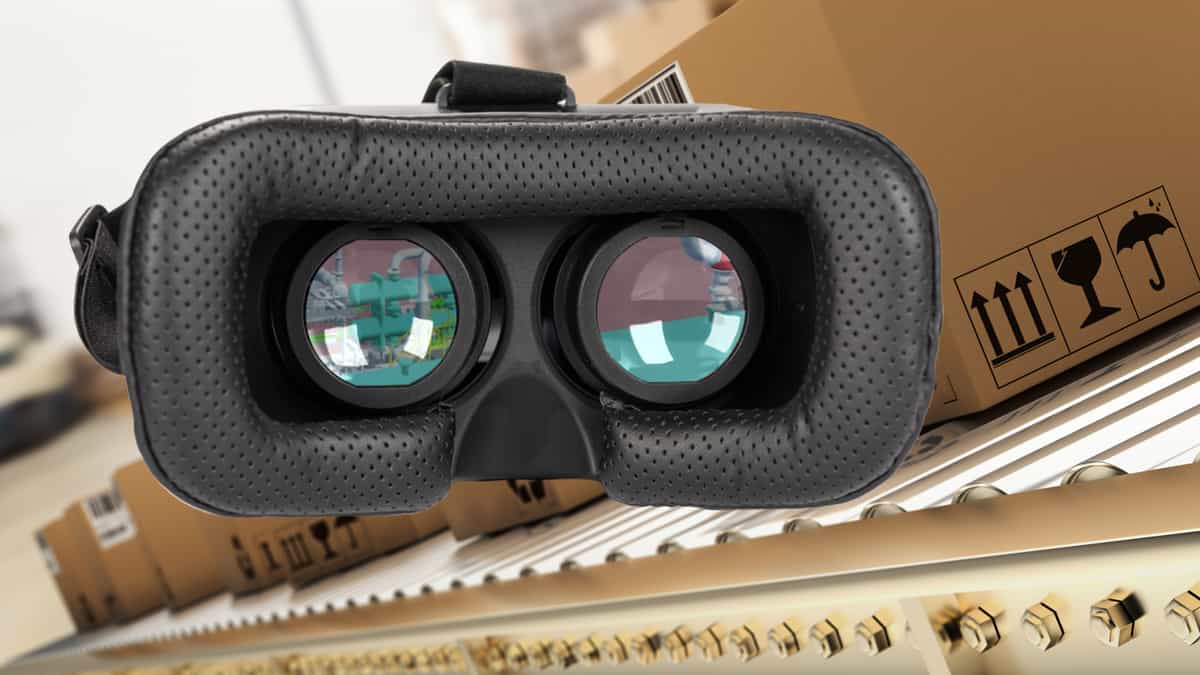
Over the last decade, technology disruption within the warehousing industry has been telling. The need for expediting supply chains, compounded by the rise of e-commerce, has led warehouses to embrace workflow digitalization and process automation to a significant extent. That aside, there have been technologies that have not yet gained mainstream adoption but have great potential — like virtual reality (VR) and augmented reality (AR).
Though AR and VR are technologies that have been around for a while, their adoption has been hindered by their price points, as the hardware was extremely expensive and the software often had glitches. But after several iterations of technology upgrades over the last decade, they are now a lot more attractive, with quicker return on investments and easy-to-use interfaces.
“Be it designing how the floor is managed in a warehouse or how workers are positioned within a massive refinery, VR and AR can help managers assess and weed out flaws in the designs before they are made functional,” said Brian Lozes, the CEO and founder of Kinemagic. “This helps improve efficiencies as workers can be clearly instructed on their daily operations, and the floor can be arranged in a way to optimize movement and space — all via an interactive 3D layout.”
With e-commerce in the picture, the inventories have shorter stock cycle times, as warehouses are forced to quickly adapt to sudden surges in demand — like with the case of panic buying during the COVID-19 pandemic.
This warrants warehouses to have detailed strategies that help them stay nimble, including optimizing space utilization and layout planning. With AR glasses, warehouse managers can run several trials virtually on proposed designs before finalizing one, saving time and resources.
This idea of simulating real-world operations and predicting outcomes is called digital twinning, in which virtual platforms foster speed and scale, enabling warehouses to visualize operations and spot problems better.
“Digital twins help warehouses to continue optimization efforts without shutting down operations or distracting people from what they do,” said Lozes. “AR provides an immersive model where managers can walk through to visualize models and gain greater insights.”
Apart from creating simulations for warehouse managers, VR and AR can train newly recruited employees virtually, even from the comfort of their homes. This dramatically reduces the time it takes workers to get accustomed to processes, helping them immediately start work when they get on the floor. This is especially true of temporary workers who get recruited during peak demand times, like the annual holiday season.
AR also can be used for order picking, reducing efforts needed to train new employees. In general, employees manually walk through aisles with barcode scanners to scan barcodes for identifying the required items. But with AR-based smart glasses, employees can now locate items via the smart glasses, which scan barcodes to let the workers know which packages to pick.
This would make order picking a hands-free affair, as workers have instructions relayed directly to their glasses, including order number information, bin data and pallet number.
With warehouses recruiting unskilled workers en masse during the peak demand period, technologies like AR and VR can help elevate such employees to work at similar efficiencies to existing workers. Warehouses can now continue functioning without hiccups, maintaining a seamless flow of goods through their inventories and holding up to the promise of expedited shipping.
***
More from Vishnu Rajamanickam
Better safety systems could help fleets avoid nuclear verdicts
Last-mile logistics businesses could be next billion-dollar startups
Handling fleet communication disruptions during hurricanes

